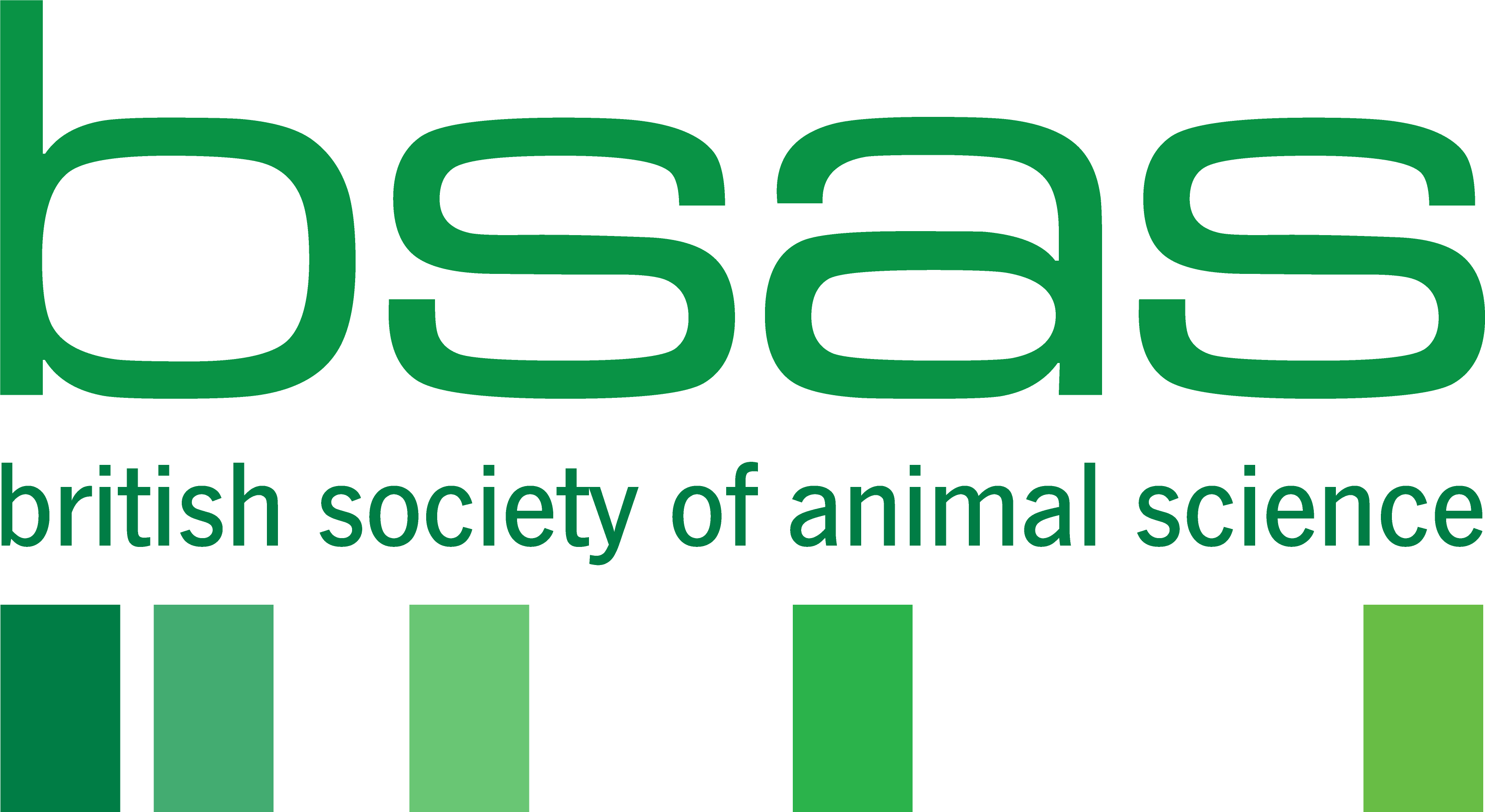Reduced crude protein diets: Heralding sustainable poultry production
By Kareem Damilola
Increased demand for animal protein and the need to reduce greenhouse gas emissions have birthed and opened the door to sustainable animal production. As a result, optimizing nutrient utilisation, particularly nitrogen (N), so that excreta do not over-fertilize fields, resulting in soil acidification, waterway eutrophication, and greenhouse gas emissions, becomes critical, as high crude protein leads to high N excretion. Nowadays, N excretion by livestock raised on industrial scales is a recognised contributor to soil acidification and water eutrophication, which has led the European parliament to introduce N emission reduction legislation (Directive EU 2016/2284). Hence the need to reduce soybean use and consequently reduce CP in the broiler diets and supplement with limiting feed-grade non-bound amino acids becomes imminent. This increasing availability of feed-grade non-bound amino acids makes it possible to formulate low-protein diets for broilers and thereby reduce N excretion.
The inclusion of feed-grade non-bound amino acids in broiler chicken diets to meet nutritional requirements has been in practice for a long time before lysine and threonine joined the fray. The commercial production of affordable methionine, lysine, and threonine has allowed substantial reductions in the CP content of feeds and raised the hope of ultimately replacing most or all of the animal protein ingredients, thus beginning the era of focus on sulfur amino acids and ‘‘low-protein high-energy finisher diets”. Reports have shown that reducing the CP content of broiler feed by 1% allows increases of up to 3.5% in N retention efficiency and decreases of more than 10% in N excretion.
The study employed the use of meta-analysis to identify/evaluate the impacts of low-CP diets on N utilisation, water consumption, and litter quality of broiler chickens. A total of 191 publications from three different sources were extracted from electronic databases, out of which 135 were excluded, and 53 were included, based on the inclusion and exclusion criteria set by the authors. The results of water consumption, litter moisture, uric acid, and nitrogen balance at the grower (0-21 d) and finisher (22-42 d) phases were collected into an excel database. The experimental diet and some other parameters were recalculated for all the selected publications to ensure data homogeneity. The data were checked for outliers and then subjected to correlation, collinearity, and Mixed model using the Minitab18 statistical package.
To reduce the CP content of broiler diets, some soybean meal is replaced with corn, increasing starch content. However, because soybean meal contains potassium, electrolyte balance is compromised. The result showed that lowering the CP content from 19% to 17% is associated with a 29% reduction of N excretion in broilers aged 0–21 d, and a 7% increase in N efficiency (N retention/N intake). Reducing the CP content from 19% to 17% decreases daily water consumption by 20.6 mL/bird, litter moisture by 2.2%, and plasma uric acid by 0.56 mg/dL. This study enhances the understanding of the low-protein strategy and allows the quantification of its effect on N balance, litter quality, and uric acid. It demonstrates that regulating N excretion is entirely advantageous and decreases litter moisture.
Summarised from: A.R. Alfonso-Avila, O. Cirot, W. Lambert, M.P. Létourneau-Montminy. Effect of low-protein corn and soybean meal-based diets on nitrogen utilisation, litter quality, and water consumption in broiler chicken production: insight from meta-analysis. Animal, 16 (3), 2022, 100453. https://doi.org/10.1016/j.animal.2022.100458
